The Leica 24 Elmar Lens Review – I have had a Leica 24 Elmar in my possession for 2-3 weeks now and have been having fun with it on the Leica M9 as well as the Leica M6 & M7. Problem is, I am not really a wide-angle guy (but that may change soon). So, my use has been rather limited with the lens. Many of you may remember that I LOVED the Leica 24 Elmarit and the 24 Summilux. But when I reviewed those lenses, I was shooting them on a crop sensor Leica M8. This made those lenses closer to a 35 than a 24, so I was not really experiencing the true wide angle that a 24 will give you.
On the M9 and an M film camera, a 24 is pretty wide and Leica now offers three choices for your wide angle fix. This lens, the 24 Elmar, is the least expensive, but best feeling lens of the bunch. It’s small, light, and the build is top-quality, much like all of the recent Leica releases. The lens has the metal screw-on hood just like the 24 Summilux, but the lens itself is MUCH smaller and lighter. This is due to the fact that the Elmar has a maximum aperture of 3.8, not 1.4! Yes, the faster the lens, the larger the lens. The larger the lens the HEAVIER the lens!
One of my fave wide lenses ever, no SCRATCH THAT. MY FAVE wide angle ever is the 24 Summilux. If I lived in a perfect world, I would own one, no question. BUT, how often would I use it? It’s large and it’s heavy, so the reality is that on a full-frame camera, I would probably end up leaving it at home unless I really needed low-light performance, which is where that lens shines anyway. Ahhh, the creamy, dreamy 24 lux… One of those to put on my “dream lens” list.
The 24 Elmarit 2.8 is also a FANTASTIC lens. It’s a bit slower than the Summilux, with a maximum F2.8 aperture, but it has a very sharp and very 3D rendering. On the M8, this was another 24 that I wanted and was about to buy. But when the M9 was announced, I decided to wait because I had no idea if I wanted to go wider than 35mm on full frame.
Now that I am shooting only full frame with Leica, I had the opportunity to test out the 24 Elmar, their latest 24mm, and also their cheapest 24 🙂
“Reflections of Spring” The Leica M7 and the 24 Elmar with Portra 160NC film
I was pretty excited. Not only was I getting the chance to shoot with a new 24, but I was getting to test it out on the M9 AND and M7. I want to thank Leica USA for sending these to me to test out. Due to them sending me the M7, I ended up buying my own M6 and getting hooked on film! It never ends does it?
First Impressions Always Count
When the lens arrived, my first impression was, “Wow, this is TINY!” It is easily the smallest 24mm lens I have ever held in my hands, but also the nicest built 24. The lens is small, but solid, and it’s not too heavy. Truth be told, the 3.8 aperture turned me off as I am not a huge fan of slow glass. I realized that it really is mainly a lens for daylight use. The photographer who buys this lens is one who is looking for an incredible wide angle for daylight landscape or even travel photography. I have heard that this lens is super sharp with excellent performance across the entire aperture range. As soon as I shot some stuff at 3.8, I knew that was true because the lens was sharp, contrasty, and rendered much like the 24 Elmarit. Maybe even a little sharper!
“Sedona” – Leica M9 and the 24 Elmarit at 3.8
“Spring HAS Sprung” – Leica M7 and 24 Elmarit (approx F4-5.6) – Portra 160NC
The lens did great on both the M9 and the M7/M6, but I have to say that as far as film cameras go, the M7 is a joy to shoot due to its AE mode. With the M7, I am much faster as I can shoot it just like an M9. The M6, while I love it to death, is a bit on the slow side as you have to adjust the shutter speed and aperture each time you shoot. With that said, I still slightly prefer the M6 only due to the fact that it has less electronics to go bad in the future. As far as the 24 Elmar is concerned though, I seem to get better exposure with it while shooting it on the M7 and M9. There, I knew that little off-topic rant had to head somewhere 🙂
The Price Tag – $$$$
The prices on Leica gear these days is astronomical. Who would have thought 20 years ago that to buy a current Leica camera and one lens would cost $10,000? Hell, even about 6 years ago, when I bought my first Leica, I got a brand spanking new M7 and 50 Summicron for $3400. These days, an M7 is $4600, a 50 cron is $2000, and the current M9 rings in at $7000! Part of my brain tells me I am CRAZY as my 96 year old Aunt Sally to even buy these things, but the other part of my brain tells me, “YOU ONLY LIVE ONCE. LIVE LIFE. ENJOY IT.” I tend to listen to the part of my brain that tells me to ENJOY life, even though sometimes that can lead to trouble (like a bank account going bankrupt).
Yes, Leica lenses are expensive. Leica cameras are expensive. They are also freaking gorgeous and make you feel like you own something special. To this day, I have never been happier (with photography) than when I am out shooting with a Leica M, whether it is with an M6, M7, M8, or M9. I love them all and I also happen to love almost every single one of their lenses. They seem to connect to my heart, and I guess that makes them worth the cost. If you are a Leica fan, then you know what I am talking about here.
Back to the 24 Elmar. As I shot this lens, I kept wanting to put a 35 or 50 on the camera. I was just not finding the subjects that fit a 24mm lens. I guess that is why I am mainly a 35/50 kind of guy. In any case, I did end up with some nice images. M.y feeling on the 24 Elmar is that I would be thrilled to death to own it, IF I was only using it in decent light. It gives you all of the quality of the Elmarit starting at 3.8 and is so much nicer to handle.
“Brandon” – M7 and 24 Elmar at F8
“Liquid Mirror” – Leica M7 and 24 Elmar – Portra 160 NC film
Detail/Sharpness
As stated, the lens on the M9 is ASTOUNDING, even wide open.
Click HERE for the full size from RAW file
This is one thing you will NOT get from film. The M9 produces stunning, medium format like results. And if the light is right, the camera delivers. View a 100% film scan and you will see grain and softer details. BUT with film, you can get some pretty special results as well, with rich color that is so different from digital. Either way, the 24 Elmar continues the Leica tradition of excellence with their glass. Seriously, I feel Leica glass is THE BEST in the world and I guess it better be for what we have to pay for it. Honestly, this 24 Elmar is actually somewhat of a Leica “Bargain.” At $2395, it’s much less expensive than the other 24’s in the Leica lineup and its performance is just as good.
Leica M7 and 24 Elmar at F8 – Portra 160 Film
Leica M9 with 24 Elmar at 3.8
Leica M7 with 24 Elmar at 3.8 – Portra 160NC
How’s The View?
Some Leica lenses are larger than others and tend to block your view through the viewfinder. Being compact, the 24 Elmar is not so bad, even with the hood. Here is a view through the viewfinder with the lens and hood attached. Also, the lens has a weight of 9.2 Oz.
The Bottom Line
This review was kept short and sweet, as there really is nothing I can say that I have not already said about the Leica 24 Elmarit. The only difference between the two appears to be speed. I prefer the build of the Elmar, but of course the faster 2.8 of the Elmarit. The ultimate 24 is the 24 Summilux, but at $6500, it won’t be making its way into my bag anytime soon. If I had the spare cash, it would have been mine a long time ago 🙂
The 24 Elmar is a gem of a lens. It has a solid build, a smooth, but solid aperture dial, a nice compact metal screw-on hood (that actually STAYS on the lens), and the cool part is that you get mega lens performance in a pretty small package. I never had my doubts though, as the slower lenses always tend to be stellar performers. With Leica, I knew it was going to be sensational.
If you are in the market for a 24mm for your Leica M, whether that be a digital M8, M9, or even a film MP, M6, or M7, then the 24 Elmar should be on your list. If you do not need a wide angle for low light, then it should be at the TOP of your list. I had no complaints, no problems, and no issues with this lens. Even though I rarely have the need for a slow 24, I feel sad sending it back. I wonder why???
Where To Buy…
You can pick this lens up at B&H Photo here or you may want to give Ken Hansen a call. Ken is an old-school Leica dealer with the most Amazing service. I get ZERO money from Ken when I mention him, but I do this because I feel that he is an asset to the Leica community. Great dealer, great service, and GREAT GUY! He probably has these in stock, so give him a shout at his email here.
I will leave you with a few more images from this lens. BTW, the film shots here were all scanned on an Epson V700 scanner, which I am finding WONDERFUL. I used to own a Nikon Coolscan V and have many huge scans on my external HD’s and the V700 comes pretty close to those. Love it!
Thanks for reading!
Steve
[ad#Adsense Blog Sq Embed Image]

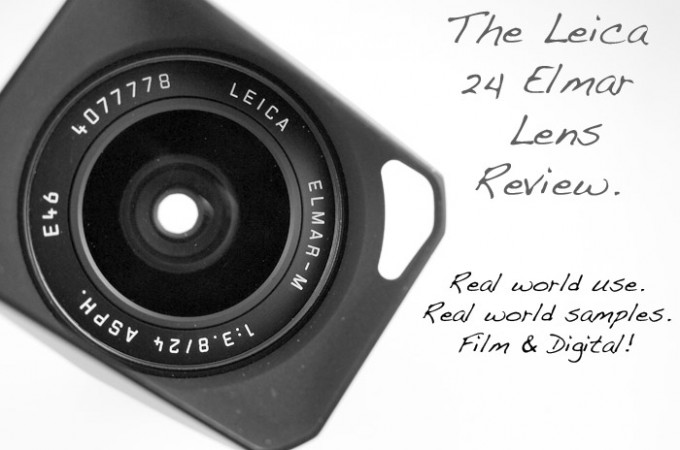
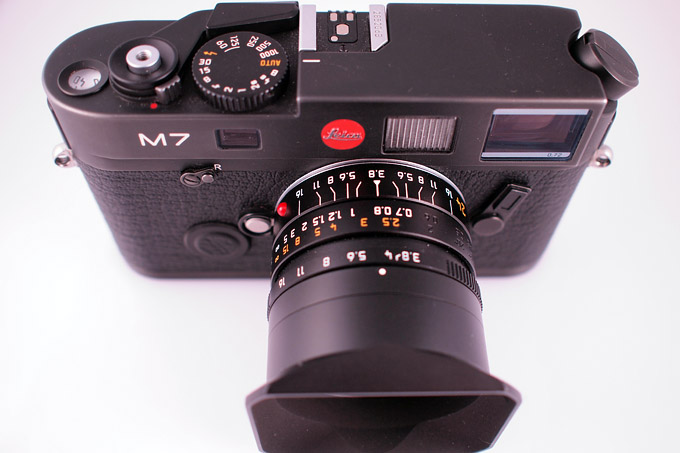
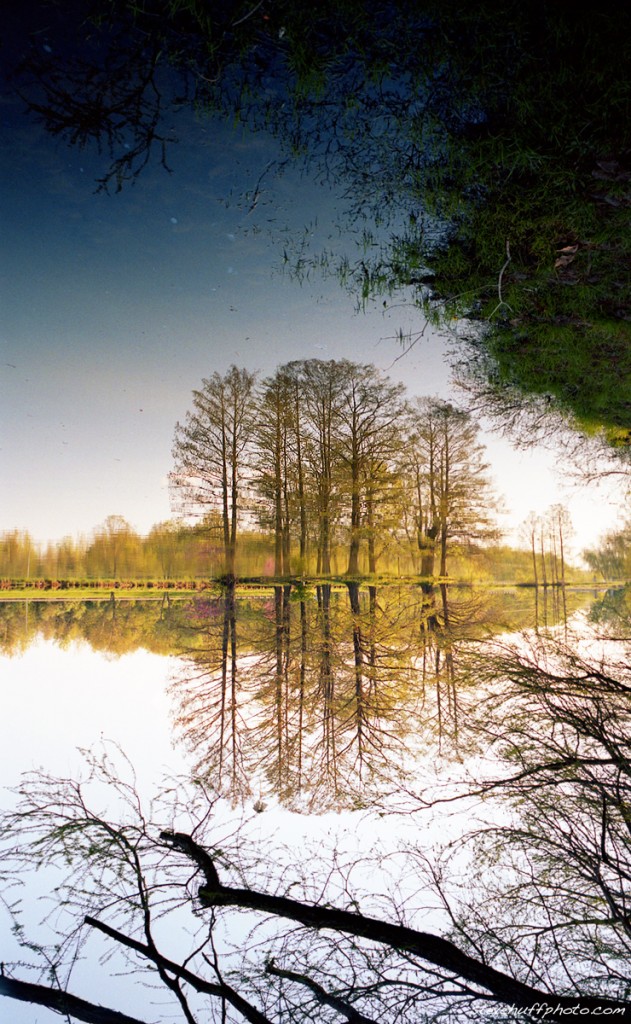
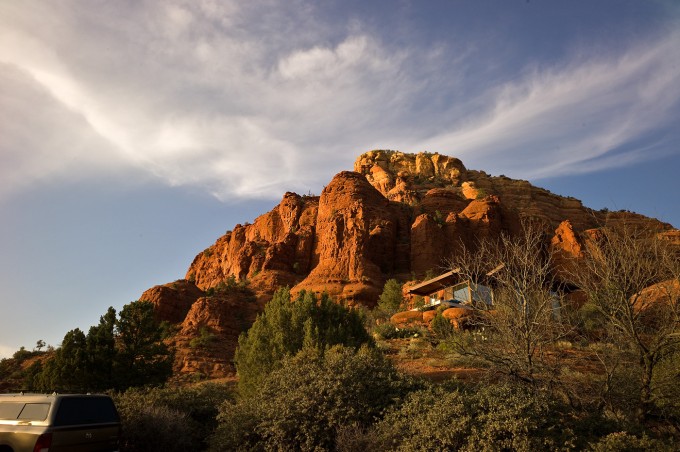
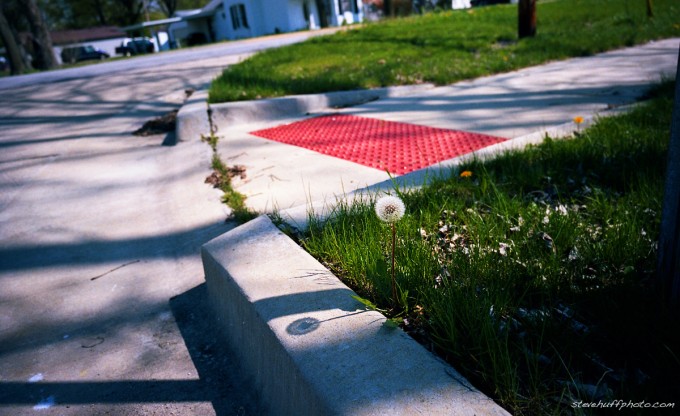

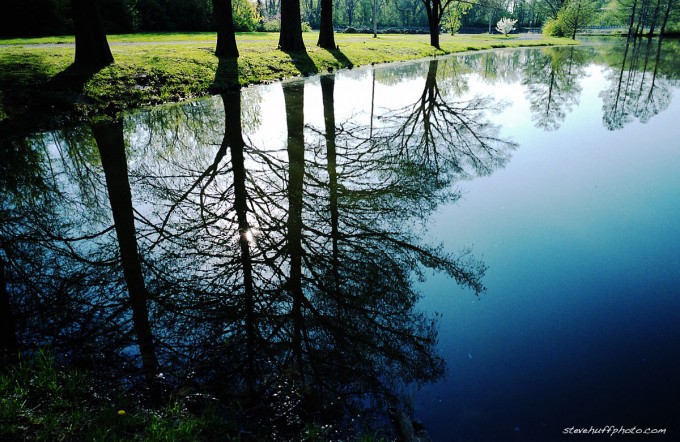
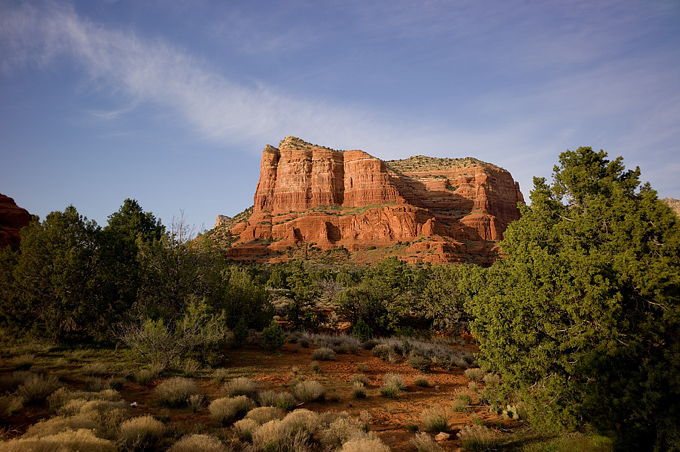
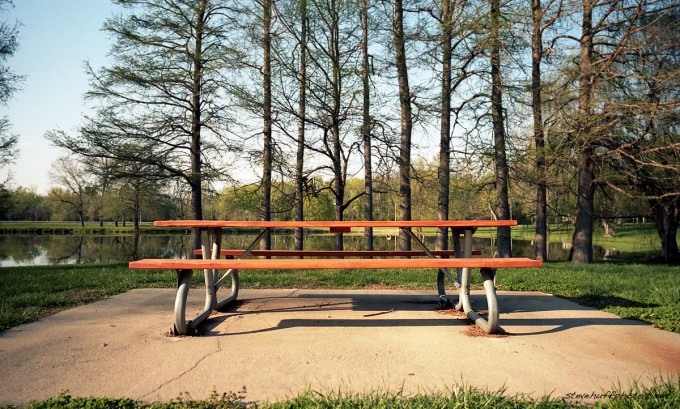
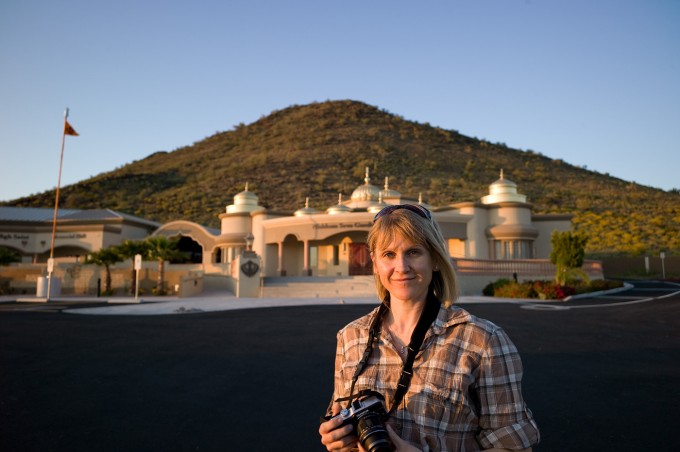


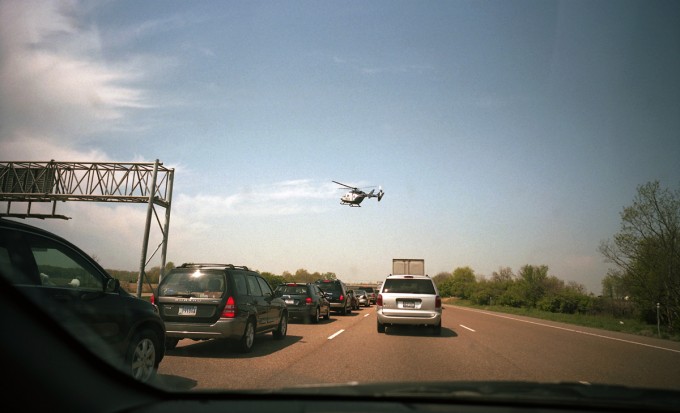
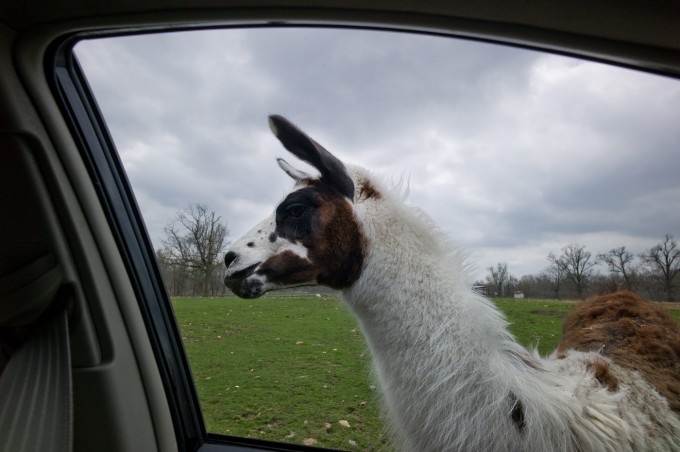
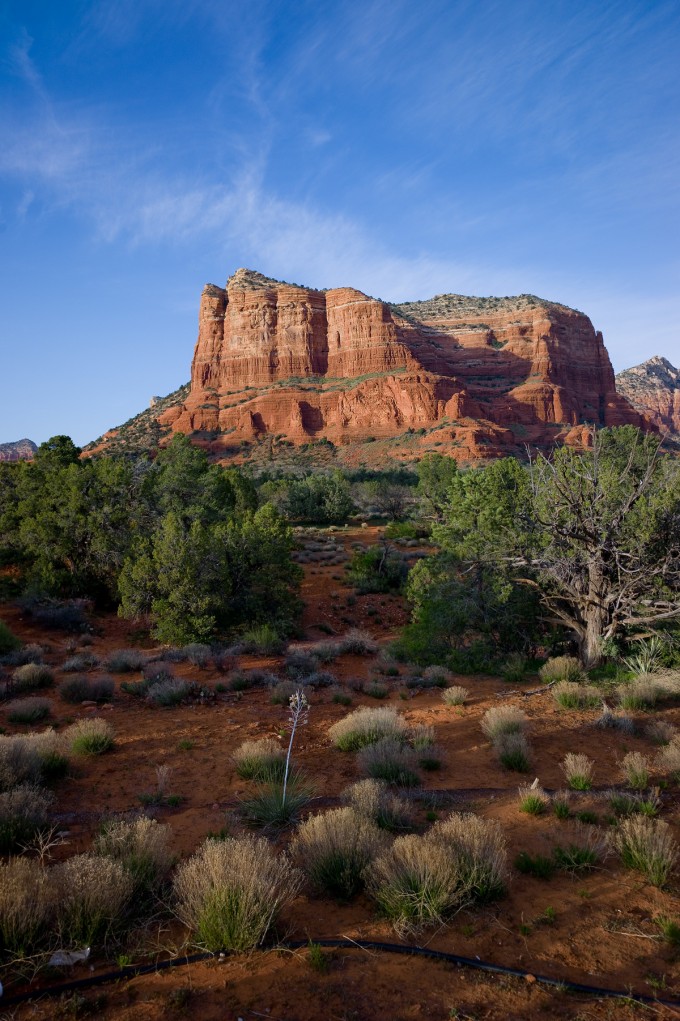
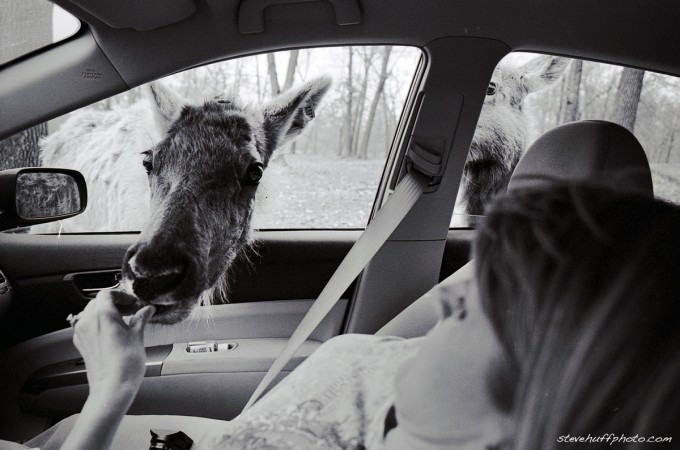
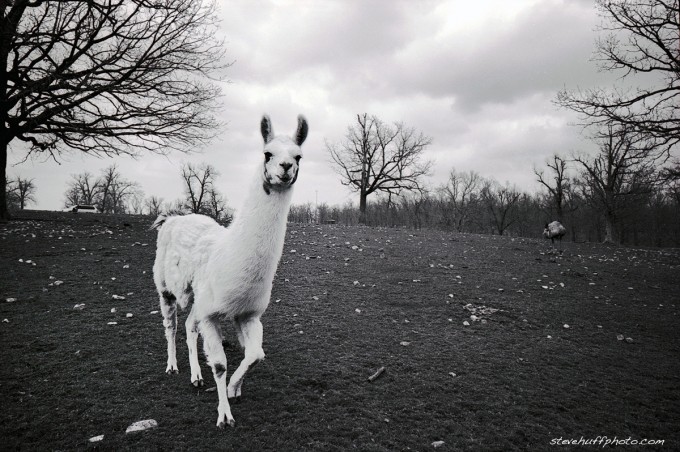

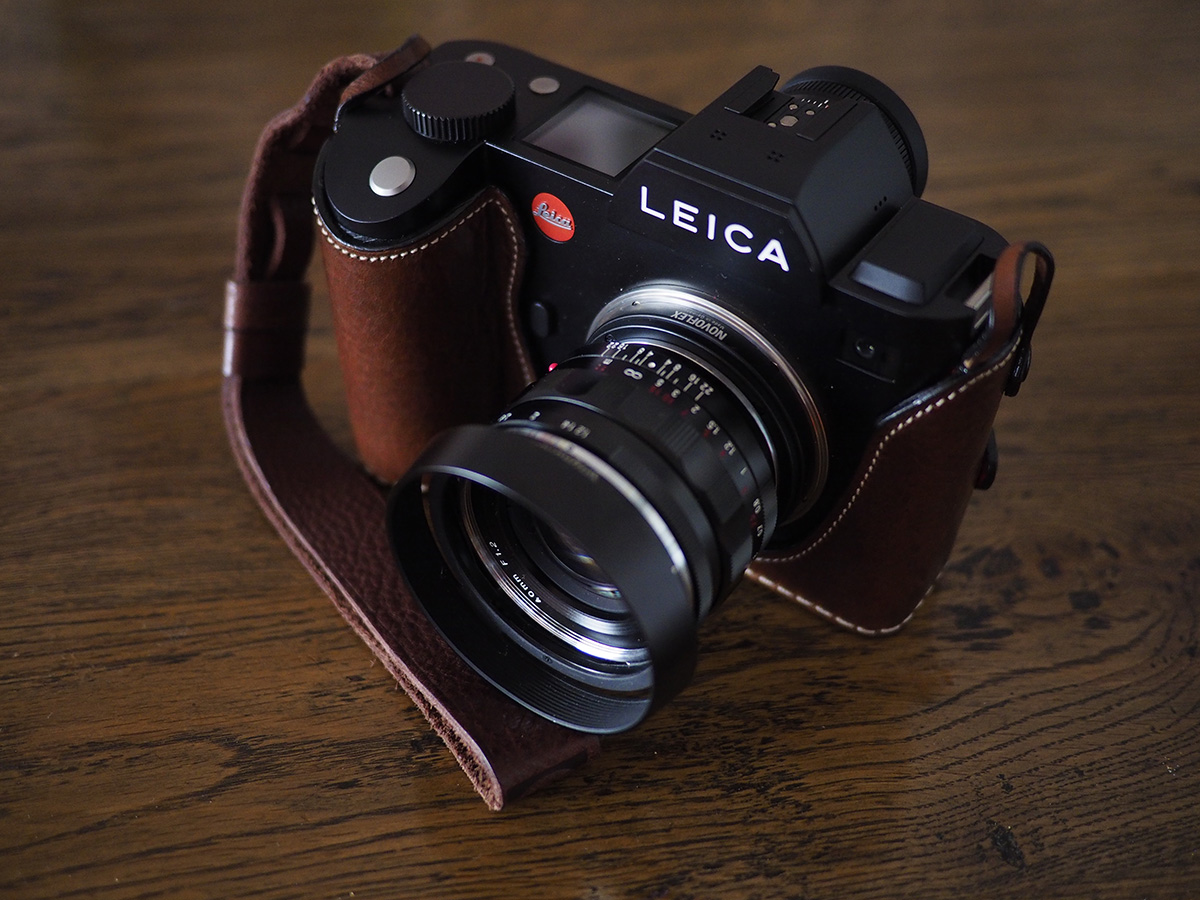

Just ordered one of these and should have it in the next day or two. Can’t wait to try it in Las Vegas or Los Angeles on the street.
Hi Steve,
Do you have Facebook ?
Yes its linked to on the right of any page…just look for the Facebook logo and click it 🙂
Hi Steve,
Many thanks for your great website which I am visiting regularly and enjoying immensely.
I’m thinking of getting the Sony Nex 7 together with the Leica 24 Elmar 3.8 + adapter as an alternative to the E-mount 24mm Zeiss. Reasons: lens can be used on M-mount systems – not just Sony Nex, plus I was hoping it may be optically superior compared with the Zeiss. However, I’ve heard that due to the lens’ compact dimensions & it’s not rear focussing it may be problematic on the Nex 7 (lens cast issue). See: http://www.luminous-landscape.com/reviews/cameras/sony_nex_7_rolling_review.shtml#legacy.
Any thoughts?
Regards from Hertfordshire (UK),
Richard
Hi Steve
I did not read all the previous comments, but I noticed on #8 you already answered this question.
Thanks
Steve
Did you use this lens with a external viewfinder when you tested it on the M9?
Steve I just wanted to add a note about the Elmar v. the Summilux 24mm. I own both, and I would not say that the Summilux 24mm is the “ultimate” 24mm without any qualifications. Yes, the Lux 24mm is a super fast lens; however, to attain that speed, some compromised were made in the design of the lens, such as a very difficult to correct distortion patterns. Further, the Lux 24mm does not have a flat field of focus (it has a curved field of focus); while this is not necessarily a disadvantage (and indeed perhaps an advantage when shooting in a room full of people), it is not ideal for landscape photography. The bottom line is the Lux 24mm is a special-purpose lens, for night time shooting of people and street subjects. For landscape or architecture photography during the day, the Lux does not measure up to the Elmar, which delivers much higher contrast and resolution while minimizing distortion. Especially considering the weight difference and the finder blockage, the Elmar holds distinct advantage for certain shooting purposes; it’s not just a price advantage.
Hi Elaine, that is my personal experience comparing the Elmarit 28mm with the Elmar 24mm. The Elmar is actually more expensive than the Elmarit 28mm new, and you do give up a stop with the Elmar. I have not done a detailed comparison between the Cron 28mm and the Elmar 24mm, but the MTF chart does seem to suggest that the Elmar may eek out a bit more sharpness at the same aperture setting, but in that instance you would be surrendering two stops (which may or may not be important to your landscape photography needs). If anyone else has any experience comparing these lenses side by side I would be interested to hear about them.
David, that’s very interesting. So, if I were doing landscape photography, the Elmar would be the best choice, and also the cheapest. Can’t beat that with a stick!
Hi Steve!
I own both the 28mm Elmarit and the 24mm Elmar (and at one time also owned the 24mm Lux). When comparing the 28mm Elmarit and the 24mm Elmar, shooting at the same aperture at the same subject matter, I have noticed that the vertical line details of the 24mm Elmar is abit sharper. For instance, in a real-world example, the blades of grass on the ground (foreground especially) appear to be cleaner and more constrasty than the Elmarit 28mm. I haven’t compare this with the Cron 28mm (which I also own) but always assumed the Cron 28mm matched the Elmarit 28mm. In any event, I would seem that the Elmar 24mm is a better choice for landscape photography for pictures that you intend to blow up (which I love love love to do). The MTF charts of the two lens also suggests that the 24mm Elmar is the sharpest landscape lens EVER made by Leica. Is my perception consistent with yours? Thanks!
The idea behind using a 24mm lens is not necessarily to include more of an image in a wide angle shot, but it provides the photographer to get in closer to emphasize objects closer to the lens/camera. If a 24mm focal length had no importance or usefulness, why would Leica offer a 24mm Summilux, a 24mm Elmarit and now a 24mm f/3.8 Elmar? And, don’t forget that both Zeiss and Voigtlander make 25mm lenses. This focal length offers an interesting perspective that neither a 21mm or a 28mm can provide. The Leica 24mm Elmar is a very sharp lens and it is well worth the money.
Hey Raymond, I did that intentionally as I preffered it upside down. Makes it a little surreal. Thanks for reading!
Steve
Why is the ‘Reflections of Spring’ image is upside-down? It looks more natural the right way around.
Steve,
I own the 24mm f/3.8 Elmar and think its a terrific lens. I think it was designed to work with a Leica M8 since the M8 has 24mm frame lines coupled with its 35mm frame lines. The 24mm Elmar equates to a 32mm lens on the M8. Which is a nice focal length. What external viewfinder did you use with the M7 and 24mm Elmar? I use this lens with my M8.2 and with my Voigtlander R4A. The R4A has built in 25mm frame lines, which are close enough for the 24mm Elmar. One can live without this lens, especially if you have a Leica 28mm f/2.8 Elmarit. But, I have found it very difficult to live without any Leica lenses. I even have the Leica 18mm f/3.8 Elmar. And, I love that one too. I own 9 Leica lenses and can’t live without any of them.
Hey Steve,
Great post, you brought up an interesting point when you said you had trouble finding the right subject matter for a 24mm lens. After some personal reflection I developed the following test for deciding which lens will match my subject. Granted this is completely personal and some people will have very different approaches, but it works for me.
My preference is to get as close to a subject as possible, so I figure out at 3 ft (which is a close range of most Leica lens) what is the biggest subject I can fit in the frame. Base on the lenses I have shot I get these results:
15mm Heliar is reserved for tight space, churches, or situations where the lighting is whacky anyway. The lens has some color fringing and distortion, but it can play to the drama of a shot if used properly.
Leica 21mm f2.8 will reach the second floor of most building or allow me to capture ceilings and floors in a single shot. Tough lens for flattering people. If you get too close they look funny, too far away they look lost in the huge scene. It is tough to get a huge city scene to look good without catching a Starbuck in the corner of the frame.
Any 24, is an odd ball size for me. 21 makes more sense or 28, unless maybe if you are shooing cars.
Leica 28mm f2 or 2.8, still a little wide for people, it is better for a subject that is larger than a person but smaller than a church.
50mm f2, this is a wonder lens for people while traveling, you can get a good shot with some background.
But its best to try lots of lens and just own a few. Keeps the camera bag light and the wallet heavy.
By the way, the 24/35/75 focal length pairing is very versatile.
Lovely review, Steve. I was between this lens and the 24 elmarit, and found a great deal on the elmarit for well under 2K, so I went for that! No regrets, as I like the f/2.8 and 3D rendering that you get there with sharpness and DOF separation. I do feel that the summilux 24 would be the best of the bunch, and I wish/hope/pray to have one someday down the road, but for now, the price is unreasonable, even in the used market…
Great review, Steve, as always. I find that my 28 Summicron is as wide as I want to go most of the time, unless I am doing landscape and really need to get close and then I use the WATE. Love those Portra shots!
Lovely pictures, love especially the “liquid mirror” one..I wonder if I would have thought about the composition you made there which is wonderful.
also, you are making me crave a M6.. and I seem to have spent enough as it is on a M9 + 28 zeiss + 50 lux (which is still back-ordered for 4 months already 🙁 ).
Hey Danny! Thanks for the kind words. I’m the same as you. I am comfy within 35-75. Outside of that and I just can not seem to get results I am happy with as I am so used to 35/50 🙂 Thanks!
Steve
@Junquan – The Zeiss has punchier/warmer color and higher contrast but as for sharpness/detail the Zeiss is just as good (if not sharper).
@Calvin – Thanks so much. Also, I did NOT use an external VF. I never do with a 24mm on the M8 or M9. If you use the entire VF you can get pretty close. It’s not perfect though.
@Conor – Thanks! Yes, I have had the 18 here as well but have not had an opp to really use it. ITS WIDE!!! Also, I do not have an external VF here for it and it’s a but trickier than the 24. I have to send it all back to Leica in the next few days but will try to get more use out of the 18 before I do. With that said, what I have seen so far it is no different than all of the other Leica lenses. It’s awesome.
I did review the 28 Elmarit (just click on reviews at the top of any page, then “Leica Reviews”) on my old site. I think it was my 2nd review ever 🙂
@Stephen B – Thx for the link to your images!
@James – Honestly, I have never seen any red edge problem from any Leica lens on my M9, before or after the FW update. I shot the WATE with no issues and this 24 did not give me any Red Edge problem at all (that I saw with my own eyes). The images from the M9 above do not have any PP and I see no red edges. Thanks!
Lovely pics . I can understand you as i myself am a 35-50 photographer, i have problems with the 75 and above and under 35
Still you have some lovely pics
and who knows i might try the 75 again. The 24 is out of question 🙂
Take care
Danny
Steve, have you noticed the “red edge” issue with this lens? Did the latest firmware sole this issue?
Yes, I am thinking of a 28 Elmarit too. Looks a super lens and love the results I have seen on Flickr etc. Might have to add it to the bag soon. Using a Voigtlander Ultron 28 at the moment and loving that – it is so sharp.
Take a look (tri-x on my M7).
http://www.flickr.com/photos/37556068@N06/4377265292/sizes/l/in/set-72157623482020644/
Some really nice photos there Steve… I hope you’re going to continue to give wides a chance!
You are obviously seriously busy these days, but you mentioned previously that you were hoping to review the 18 Super-Elmar… any idea when that might happen?
Also, I’m strongly considering a 28 Elmarit based on review and samples I have seen but also to avoid the bother of an accessory viewfinder.
A real-world review would be great to see, and especially as you have already reviewed the 24 Elmar, I’d love to know your thoughts on what differece the 4mm makes in practice.
Keep up the great work Steve!
Sorry, forgot to ask, did you have to use an external viewfinder, or did you guestimate?
Steve,
The Reflections of Spring is a wonderful image.
hey Steve, thanks for that review! how does it compare to the Zeiss 25 which you tested a while ago??